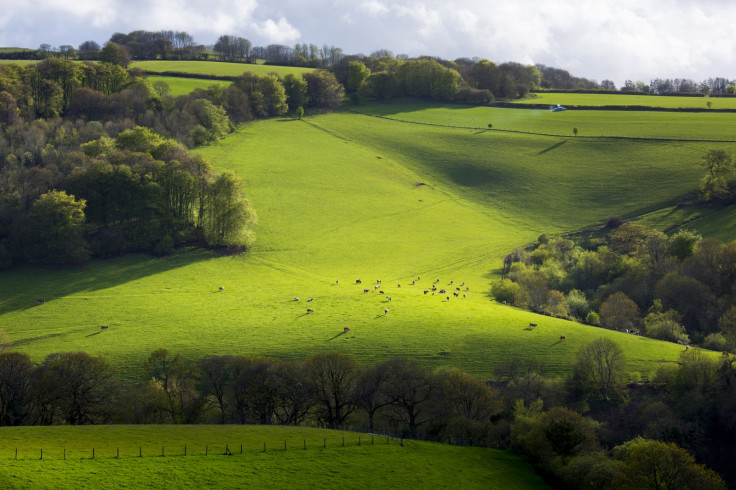Ice cap that covered Britain was more than half a mile thick, scientists say
The ice sheets were so big it was possible to walk from Ireland to Norway.
Britain was once covered in an ice sheet that was half-a-mile thick and led to sea levels being lowered by several feet, scientists have discovered. Researchers also found that ice caps which formed during the last ice age, around 20,000 years ago, covered Scotland, northern England and the seas around them.
The ice was so extensive it would have been possible to walk from Ireland all the way to Norway. Experts said even uplands in the south of the country, such as Dartmoor and Exmoor, may have been under ice too.
"If you stood in what is now south Norfolk, you would have seen a wall of ice hundreds of metres high, with powerful rivers pumping out and a wet cold land in front," Bethan Davies, who will detail her findings at the British Science Festival in Swansea next month, told the Sunday Times. "You could have walked east towards France and Germany, hundreds of kilometres out into what is now the North Sea."
While it has long been known that Britain was covered in glaciers, Davies and her colleagues at the University of London have been exploring just how extensive they were and the forces behind their formation.
The first small glaciers were formed over Britain about 2.5m years ago during a period of global cooling. Temperatures were so low that subtle changes in the Earth's orbit could spread ice sheets over Britain.
"Those glaciers transformed the landscape. In the Yorkshire Pennines, in places like Teesdale, there would have been up to a kilometre of ice," Davies said.
Davies' research used new techniques like cosmogenic nuclide dating to gather her data, which takes analysis of cosmic radiation absorbed by the rock surface to estimate when a glacier dropped it in its current location.

She says her research on how Britain's ice sheets broke up could offer vital clues to how modern equivalents in Antarctica and Greenland could melt as a result of climate change, raising sea levels by up to 70 metres (230ft).
Davies said: "The last British ice sheet covered the North Sea basin and was grounded on the sea bed before it melted, just like the West Antarctic ice sheet today. We want to know how quickly that happened so we can understand how climate change could affect modern ice sheets like Antarctica."
© Copyright IBTimes 2025. All rights reserved.





















